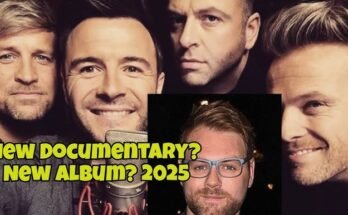Madonna has once again ignited controversy—this time for posting AI-generated images that depict her alongside Pope Francis in suggestive scenarios. The pop icon shared the digitally altered visuals on Instagram, sparking a wave of reactions across social media. Broadcaster Piers Morgan quickly condemned the images, calling the stunt “truly dreadful” and accusing Madonna of seeking attention in poor taste.
The post included two AI-created images. In the first, Madonna appeared dressed in dark lace attire, seated beside a digitally rendered version of Pope Francis. The image was visually provocative, with the Pope leaning in close to her face. She captioned it with, “Going into the weekend like… … …” A second image showed Madonna in a black bustier while the Pope seemed to have his arm around her, as if engaging in casual conversation. The visuals were credited to meme creator @rickdick_, noted in bold red text on the images.
Piers Morgan, never one to hold back on public controversies, took to X (formerly Twitter) to voice his displeasure. He reposted the images along with a scathing message directed at Madonna: “Even by her pathetically embarrassing attention-seeking standards, this is truly dreadful. Grow up @Madonna – you ludicrous imbecile.” His sharp critique added fuel to the already divisive conversation surrounding the post.
Reactions from the public were equally polarized. Many users condemned the AI-generated content as inappropriate and offensive, particularly given its religious context. One user, @CoolbeachM, wrote, “Disrespecting spiritual leaders is unacceptable. Such actions can cause harm and offense to many.” Others raised concerns about the broader implications of AI, with user @stephaniellen commenting, “The fact that we can now generate these images is going to cause a lot of problems.”
While Madonna has not responded to the criticism, the incident has reignited debates about the ethical boundaries of AI imagery, especially when used to depict public figures in fictionalized or controversial scenarios. As digital tools continue to blur the line between reality and fabrication, many are calling for clearer standards on what is considered acceptable—especially from high-profile celebrities with global influence



